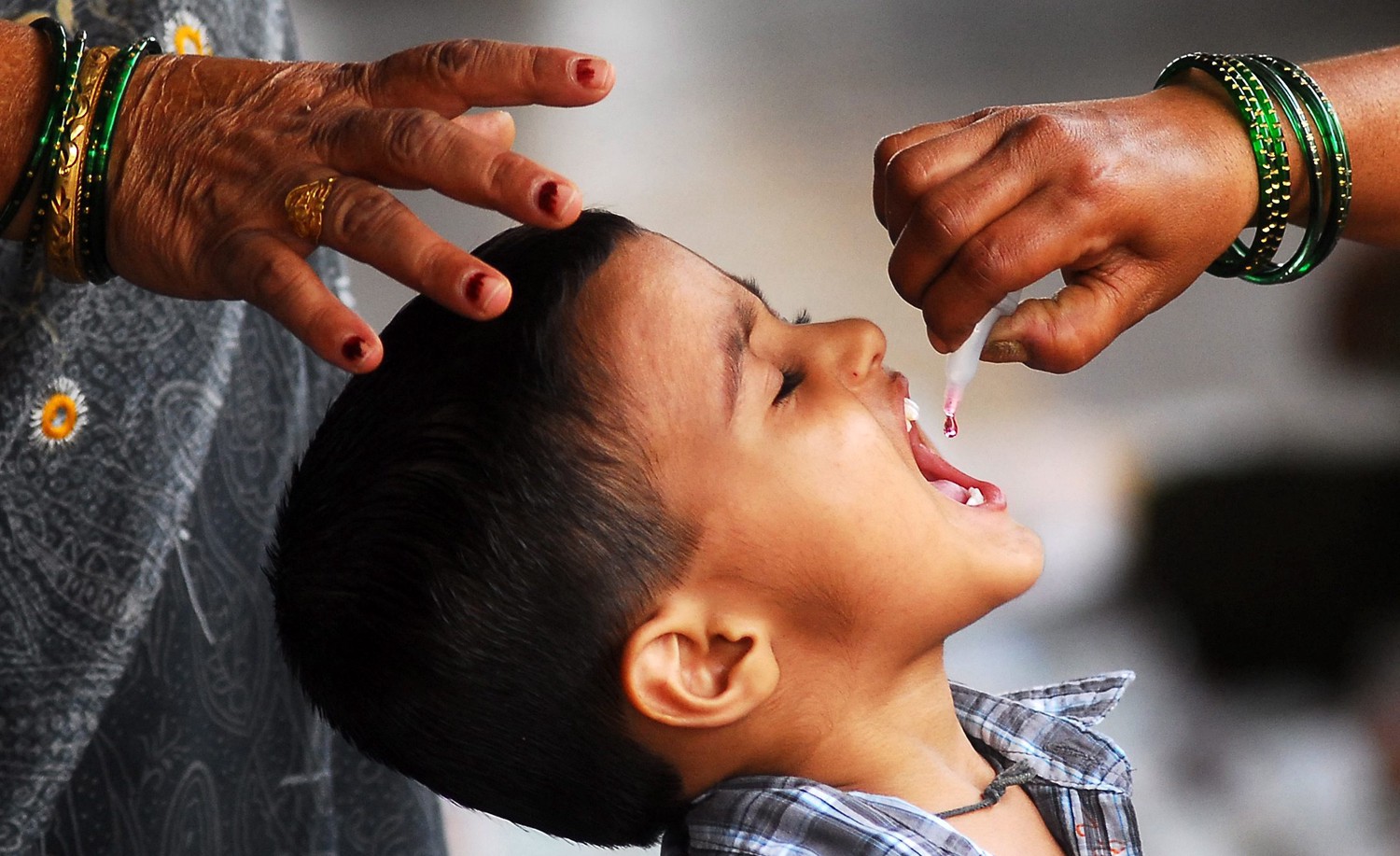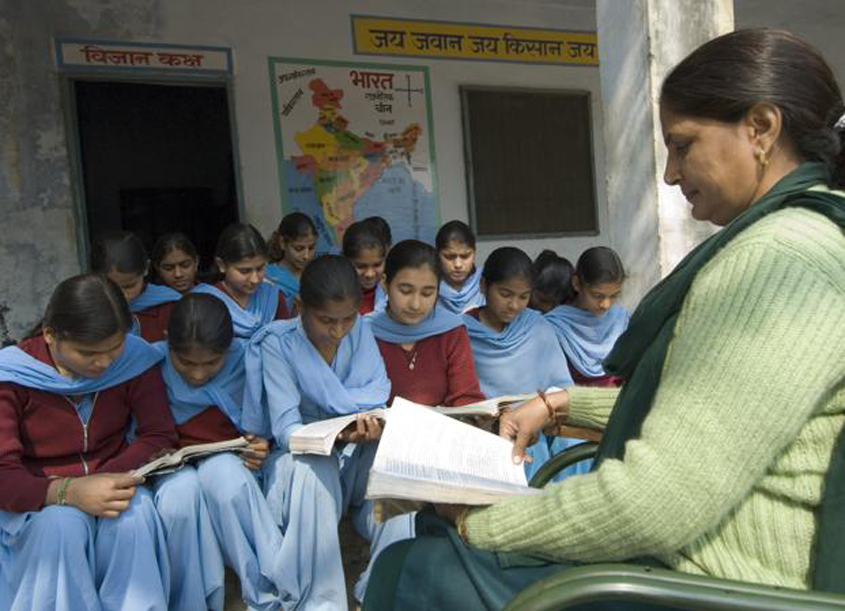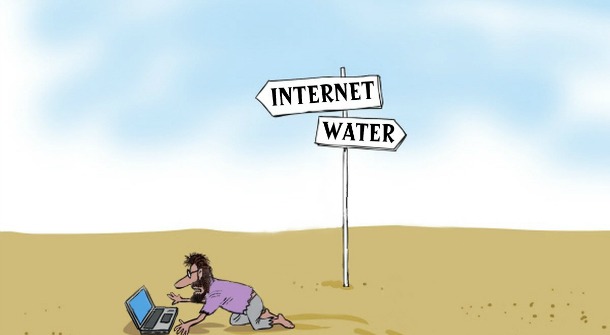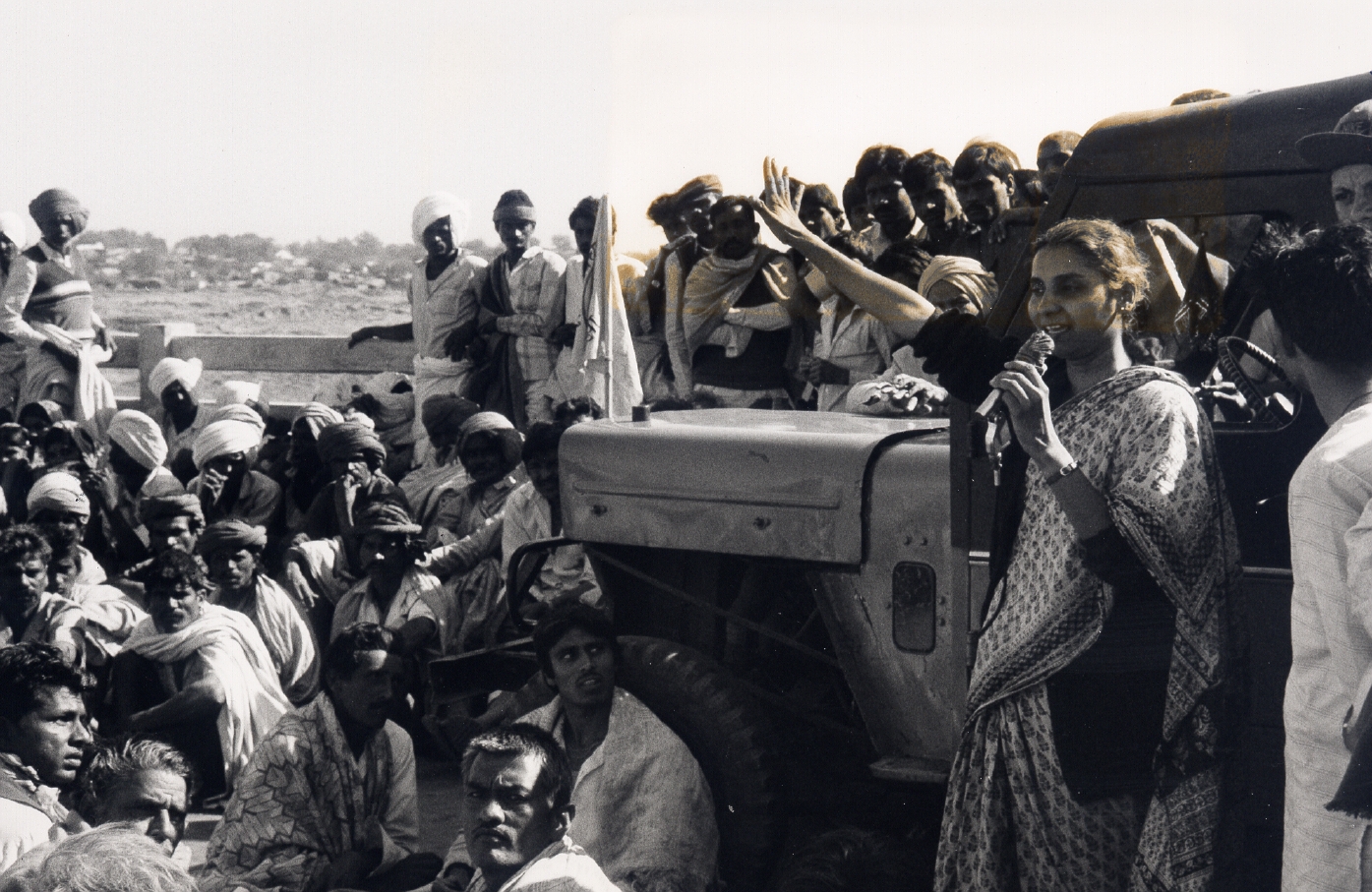What would be a bigger scare for parents then to know that their child has died in the children’s ICU after being bitten by rats? The stark reality of the Indian healthcare infrastructure is far grim than we imagine it to be.
Shalini Awasthy is a Doctor based in Jharkahnd.

An infant was admitted in the paediatric ICU of a hospital in Bihar’s Darbhanga district where he died after being repeatedly bitten by rats. The nightmare that can be seldom thought about became real for the boy’s parents who had been admitted to the hospital in order to be cured of his heart ailment but ended up dying after being bitten by rats in the ICU of the hospital.
From absentee doctors, date expired medicines, less trained staff to lack of medical equipment- the healthcare system in India needs urgent redevelopment.
In India there is a single allopathic doctor for 10,189 people, a single government hospital bed for every 2,046 people and one hospital run by the state for every 90,343 people. It does not require a special epidemic situation to lead to a wide ranging crisis in the system rather it is an everyday truth that patients have to share beds, wait in long queues to get examined by the doctors, use toilets that may lead to further infection and face systemic inadequacies such as lack of medical staff, expired medicines in subsidised stores etc.
India is home to over one million allopathic doctors to treat a population that is almost reaching 1.3 billion. The National Health Profile data from 2017 reveals that from the total number of doctors only 10% work in the public health system.
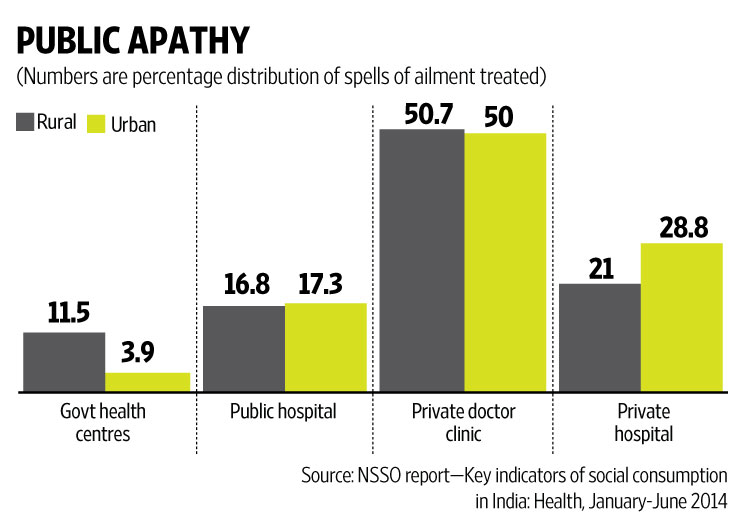
The absence of good doctors at the rural villages accompanied by a lack of medical facilities makes it impossible for a large section of the population to access medical facilities when they need it.
The heart drenching news of dead bodies being eaten away by dogs in the hospital morgues, parents carrying their dead children and family members home in their arms because the hospital failed to provide them an ambulance and tragedies like the deaths of several infants due to lack of oxygen cylinders and inadequate infrastructure in Gorakhpur’s BRD Medical College Hospital are common.
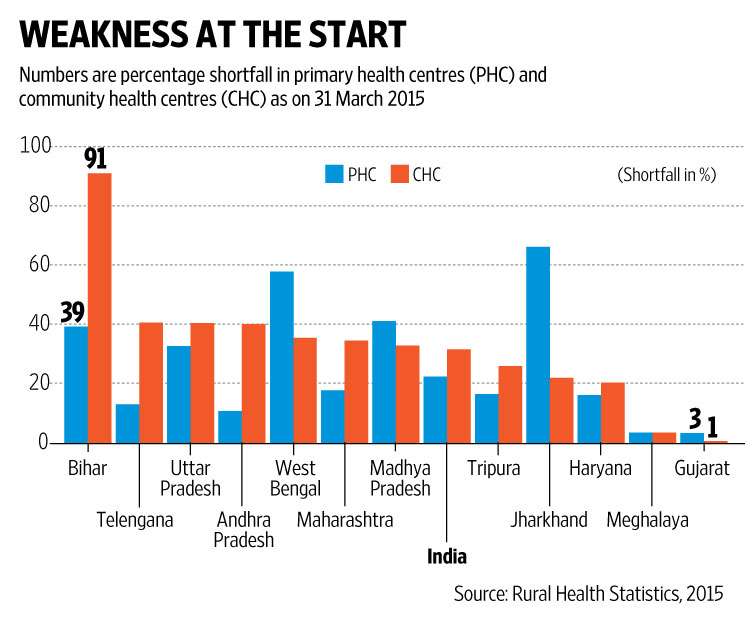
Mismanagement of infrastructural resources, lack of man power and trained staff collectively contribute to this crisis.
These problems with the Indian healthcare system have been pointed in many reports but seldom have we learnt from our mistakes.
This raises several important questions about whether the public healthcare system in India can be improved and whether we are reducing government hospitals in to mere spaces where the poor people go to die.
India does not have enough doctors, enough medical staff, enough medical institutes and adequate medical facilities that a population so big can be catered to. The disparity is both between public and private healthcare systems as well as between rural and urban areas.
Maharashtra has 1, 53,513 registered doctors and Arunachal Pradesh has only 792 registered doctors. These are the highest and lowest in the country. In the absence of qualified doctors the sick people have to often do with what is available.
This has made the business of the quacks possible as in many rural parts the sick take their advice and medicine before going to a registered doctor situated far away.
Recently it was a WHO report that found out that one in five rural doctors in India are registered. This implies that a large number of people that operate in the name of doctors are quacks.
The report suggests that while in urban areas as much as 58% of the doctors had a medical degree, only 19% had this degree in rural areas.
The apathy and poor condition of medical facilities in the nation demands the urgent inquiry into the system accompanied by adequate interventions in terms of policies and measures.
The replacement of quacks by trained professionals, the empowerment of the system, the penetration of health awareness at the grassroots will make it feasible for India to restore its healthcare.

